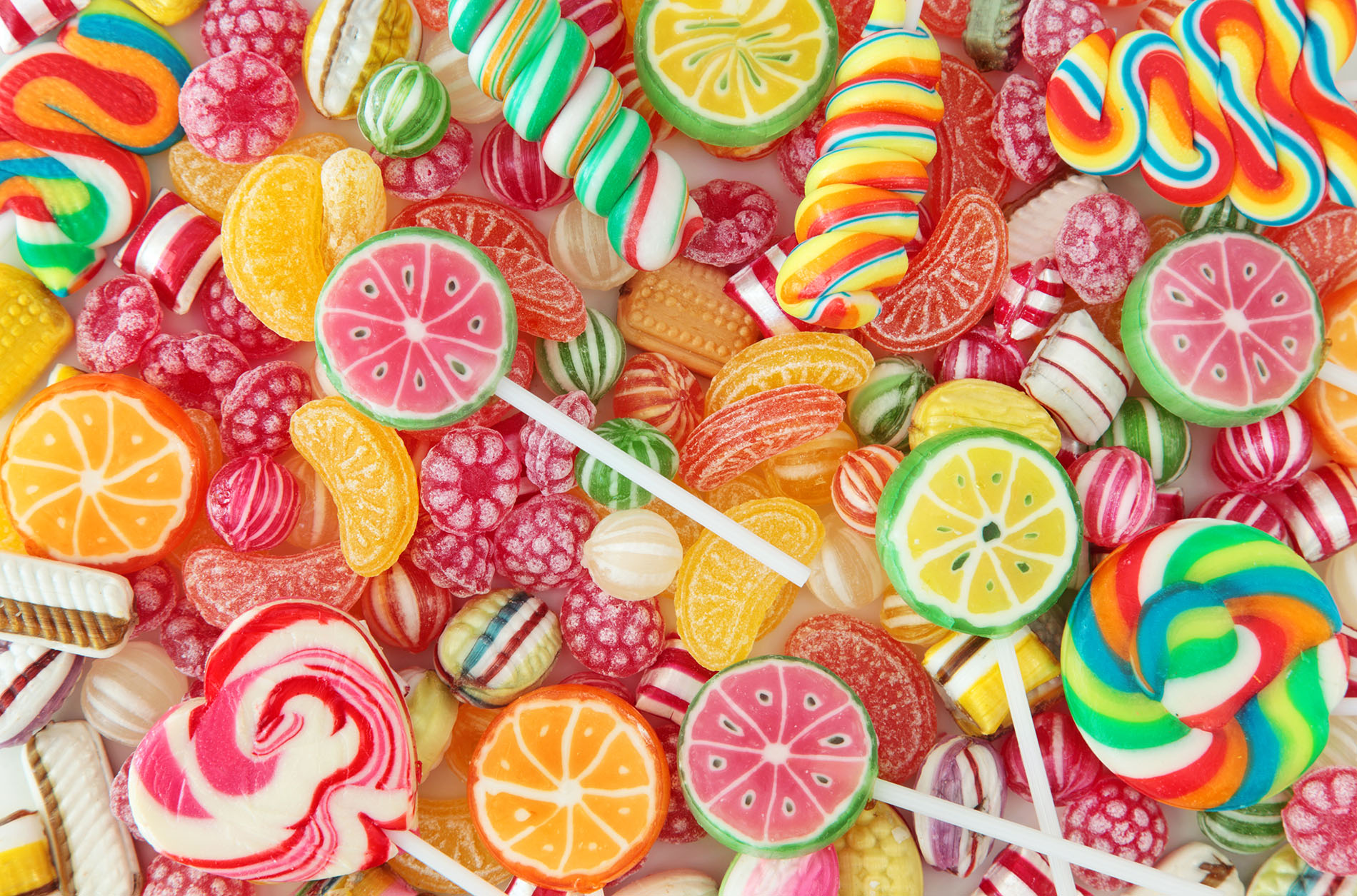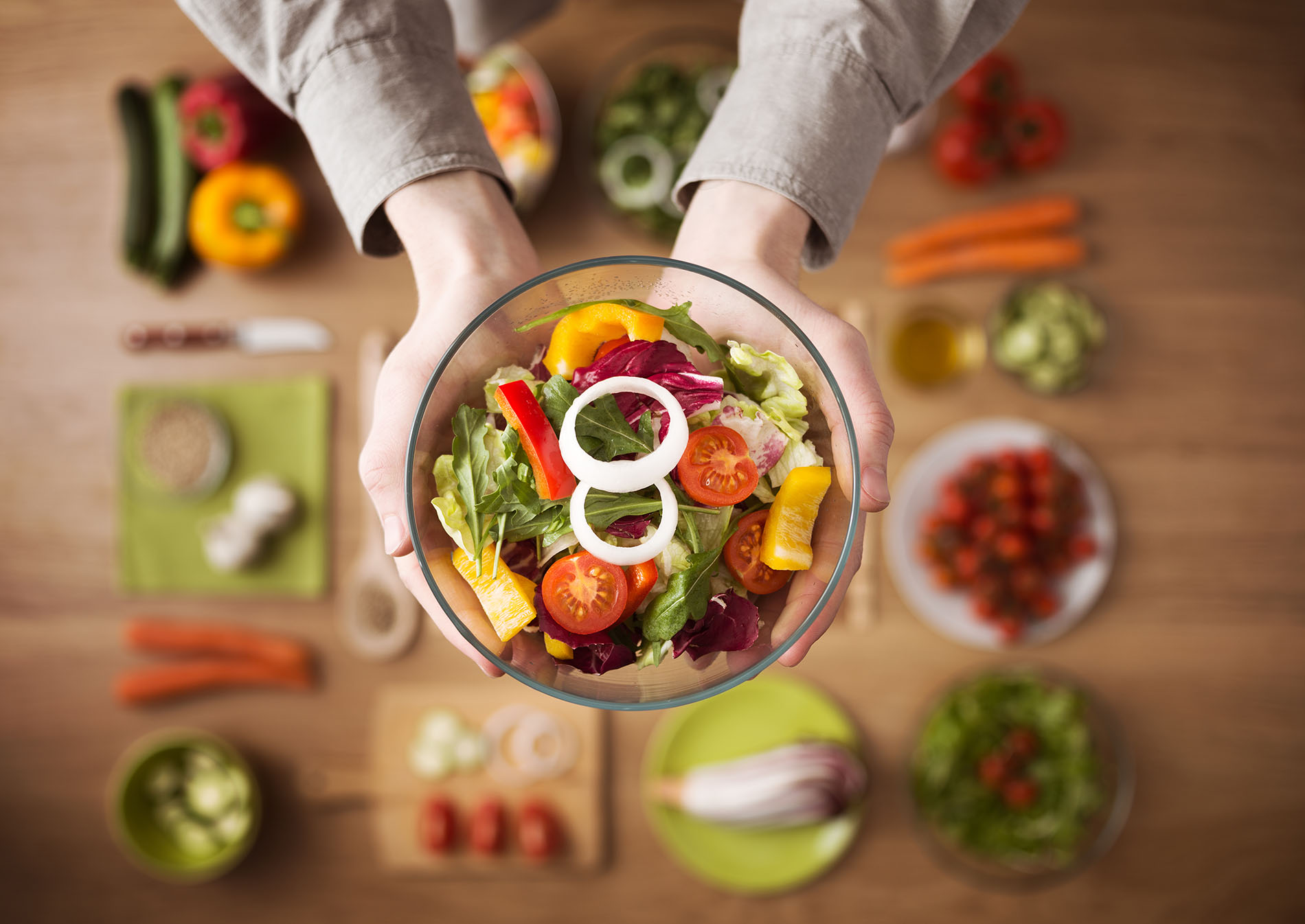In today’s fast-paced world, it can be difficult to find the time to look after ourselves. There appears that there is no time for wellness. Meal planning is a nuisance if we decide to do it all, and we often find ourselves scarfing down whatever is convenient, eating food to survive instead of to thrive. We find ourselves fatigued and wonder what is wrong, where does the day go?
We must learn to make ourselves a priority. We need to pay attention to what we do with our bodies because it is our health that gives us the quality of life we want. It is essential that in chasing after these things, we do not forget the organism that is helping us achieve all these things—our bodies.
1. Clean Eating
While it is completely okay to indulge in a favorite comfort food once in a while or bake some cookies to feel all warm and fuzzy, it is important to remember what our bodies really need among all the junk. Our bodies need clean, balanced diets that include fresh fruit and vegetables, clean proteins, and healthy fats.
2. Staying Active
Exercise is not scary. It comes in all forms, in all varieties, in all speeds and intensities. Walking, yoga, stretching, jogging, push-ups, jumping jacks; even gardening, playing with your kids, taking the stairs…anything that helps you move your body can be counted as exercise. Pack a pair of sneakers with you wherever you go, and you are sure to find more opportunities for exercise than you realize. If you find yourself with five or ten minutes, dance or do something with your body to re-energize you, instead of checking your social media. If your body is moving, your muscles are receiving fresh blood and oxygen that will rejuvenate you and release those happy endorphins.
3. Digital Detoxes
It is imperative that you step back from your technology every once in a while. Some psychologists say that humans are not intended to efficiently process human suffering and experience at the scale that social media allows. Take time to reconnect with people in person, practice solitude, and gain some perspective.
4. Pay attention to your feelings
What do you need? Do you need a run? Do you need a rest? Do you need a quiet night at home, or would your emotional health benefit from a night out with friends? Your body is always communicating with you; listen to you to guide your lifestyle. If you are not making healthy choices, your body will let you know. If you are not feeling like yourself, then listen to your feelings.
5. Mix it up
The only thing constant in life is change and change can be a good thing. Variety is important. Try something new for dinner, or go to a new exercise class instead of pedaling away on the stationary bike. Try a new route to work or pick up a new hobby. Just try something new to keep yourself moving forward. Experience is the exercise for the soul.
6. Rest
Everything falls into place when you take a break from work to play and rest. Schedule some time each week to do something fun, meditate, or just relax and make sure you get 7 to 8 hours of sleep. Rest is a great way to boost creativity and create balance and hormony.
21-Day Clean Eating (Wellness) Program
If you are ready to make you a priority so you can live a vibrant and exciting life full of possibilities, I invite you to join my 21-Day Clean Eating Program. It will begin on August 5th and the Facebook group is already loaded with material to get you started so you are ready to go in August.
Here is the link:
https://www.yourpersonalnutritioncoach.com/clean-eating
Annette Presley RD, LD, is a functional nutritionist, author, speaker, and entrepreneur. She enjoys helping people live their lives well so they can stay out of hospitals and spend more time with their families and doing the things they love.



